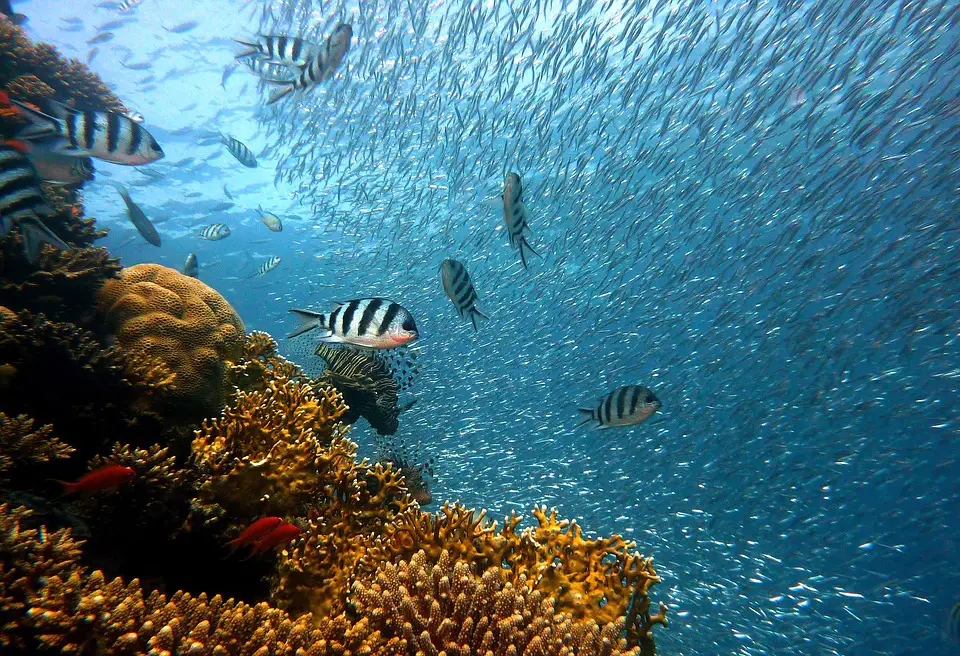Surf fishing, also known as shore fishing, is a popular angling technique that involves casting bait or lures from the shoreline into the surf. It can be a rewarding experience for anglers of all skill levels, offering the opportunity to catch a variety of fish species in coastal waters. In this article, we will discuss some effective surf fishing strategies to help you make the most of your shoreline angling adventures.
Choosing the Right Equipment
When it comes to surf fishing, having the right equipment is essential. You will need a sturdy surf rod, a durable spinning reel, and a variety of sinkers and lures. It is also important to have a good quality fishing line that can withstand the strong currents and waves typical of surf fishing.
Table: Recommended Surf Fishing Equipment
| Equipment | Recommendation |
|---|---|
| Surf Rod | 8-12 foot rod with medium action |
| Spinning Reel | Durable reel with corrosion-resistant materials |
| Fishing Line | 20-30 lb test monofilament or braided line |
| Sinkers/Lures | Variety of weights and types for different conditions |
Location, Location, Location
Choosing the right location is crucial for successful surf fishing. Look for areas with structure such as sandbars, jetties, or rocky outcrops where fish are likely to congregate. Pay attention to tide patterns and water clarity to maximize your chances of catching fish.
Bait Selection
Using the right bait can make all the difference in surf fishing. Live bait such as shrimp, sand fleas, or squid is often effective, but artificial lures can also be successful. Experiment with different baits to see what works best in your chosen fishing spot.
Casting Techniques
Mastering your casting technique is essential for surf fishing. Practice your casting to achieve maximum distance and accuracy. Pay attention to wind direction and adjust your casting angle accordingly to reach the optimal fishing spot.
Patience and Persistence
Surf fishing requires patience and persistence. Be prepared to spend hours on the shoreline waiting for the perfect catch. Stay alert and attentive to your surroundings, and be ready to reel in your line at a moment’s notice.
Monitoring Weather Conditions
Keep an eye on weather conditions when surf fishing. Pay attention to wind speed, wave height, and temperature changes, as these factors can affect fish behavior. It is also important to stay safe and seek shelter in case of inclement weather.
Adapting to Changing Conditions
Surf fishing requires adaptability to changing conditions. Be prepared to switch up your bait, adjust your casting technique, or move to a different location if the fish are not biting. Stay flexible and open to new strategies to improve your chances of success.
Key Takeaways
When it comes to surf fishing, choosing the right equipment, location, bait, and casting technique can make all the difference in your angling success. By being patient, persistent, and adaptable, you can maximize your chances of landing the perfect catch.
Conclusion
Surf fishing offers a unique and exciting angling experience for fishermen of all skill levels. By following these strategies and tips, you can make the most of your shoreline angling adventures and increase your chances of success. Remember to stay safe, respect the environment, and enjoy the thrill of the catch!
FAQs:
1. How can I improve my surf fishing skills?
To improve your surf fishing skills, practice your casting technique, experiment with different baits, and pay attention to weather and tide patterns.
2. What is the best time of day for surf fishing?
The best time of day for surf fishing can vary depending on the fish species you are targeting. In general, early morning and late afternoon tend to be productive times for angling.
3. What are some common pitfalls to avoid in surf fishing?
Common pitfalls to avoid in surf fishing include using the wrong equipment, fishing in the wrong location, and not paying attention to changes in weather and tide conditions.
4. How can I stay safe while surf fishing?
To stay safe while surf fishing, wear sunscreen, stay hydrated, and be aware of your surroundings. Avoid fishing in rough surf conditions or during severe weather.
5. What are some essential items to bring on a surf fishing trip?
Essential items to bring on a surf fishing trip include fishing gear, bait, sunscreen, water, snacks, a first aid kit, and a mobile phone for emergencies.
6. How can I protect the environment while surf fishing?
To protect the environment while surf fishing, practice catch and release, properly dispose of fishing line and trash, and avoid fishing in sensitive habitats such as seagrass beds or coral reefs.
7. What types of fish can I catch while surf fishing?
Common fish species that can be caught while surf fishing include striped bass, bluefish, red drum, flounder, and pompano. The specific species will vary depending on the location and time of year.
8. How can I find the best surf fishing spots?
To find the best surf fishing spots, talk to local anglers, research online forums and fishing reports, and explore different shoreline areas to see where fish are congregating.
9. Is surf fishing suitable for beginners?
Surf fishing can be suitable for beginners with the right equipment, knowledge, and practice. Start with basic techniques and gradually build your skills and confidence over time.
10. What other resources can I consult for surf fishing tips and advice?
In addition to this article, you can consult fishing guides, books, online tutorials, and local fishing clubs for surf fishing tips and advice. Joining a fishing community can also be a valuable resource for sharing knowledge and experiences with fellow anglers.

